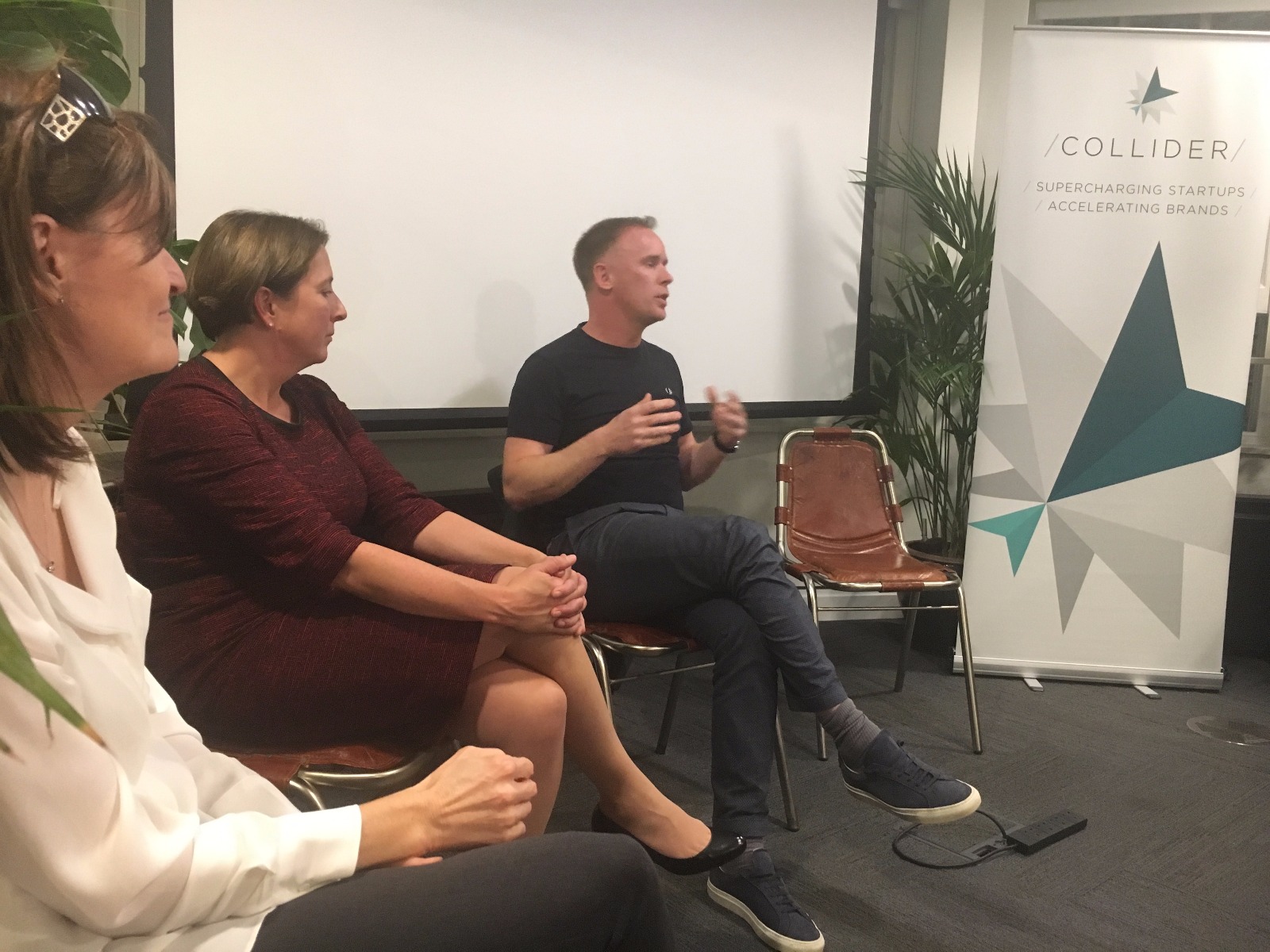
Founders, it's crunch time. Applications across London for accelerator programmes are closing, and the selection phase is getting under way. Generally, this involves a written component going over the business, product, and plans for the future, followed by a selection of interviews with mentors, core accelerator team members and/or investors. If you've made it through the written application - congratulations! This usually means you're competing against hundreds or thousands of entries - you should be proud! But, you're just getting into the fun stuff.
For any first time-entrepreneur the interview phase can be a terrifying, and thrilling opportunity. The prospects are high, the questions are tough, and the adrenaline is pumping. Going into our fourth round of applications at Collider, we've seen a lot of different ways founders can catch our attention. You'd be surprised how basic some of these tricks are. Here are a few of our favourites.
Content is still King
Being prepared is of the utmost necessity. Come knowing your product backwards and forwards. Doing Biz Dev? Be comfortable explaining your technology. Techie? Have a working knowledge of the sales cycle. Be ready to expand on the answers from your written application. Know your numbers, your competitors, your timeline inside out. Yes you’re a startup, but you’re still a professional.
We reckon you can cover everything off in 7 slides. Don’t make them text heavy, they should be presentation enhancers. Your confidence in your idea lies in the Live demos are a no-no. Your tech will fall over. The internet will break. Do sneak in a screenshot or two.
Tough Questions await
Yes, we're going to challenge you. We're going to ask you questions meant to make you nervous - be prepared for that. We will ask you how your product will help big brands and agencies better find, understand, engage and sell to consumers. We will ask you how you think we can best add value to your business. We will ask you where your one year plan takes you. And there may even be some special guests - tech specialists, product masterminds, adtech mavericks. We're here to help you get from A to B quicker, and that starts with being able to ask the right questions. This is the first step.
Style: Bring your Flair
When you’re presenting, keep it clear and concise. Only one person from your team should present, but make sure everyone present is briefed for the Q&A. If you’re presenting, make sure you’ve rehearsed. A lot. Keeping it natural does not mean winging it the day of. Record yourself, practice in front of a mirror, or transcribe it.
Let your personality shine through. The beauty of interviews is the uninhibited communication – be confident and be yourself. Remember non-verbal communication plays a large role in your presentations, and we want to work with exciting and passionate people, not robots. Keep it real!
It's all about the Team
Yes, at the early stage it's all about the people. We know that products and business models can change over the course of the programme, but the team is the glue that will hold it together. So we're investing in you - the people behind the genius. Bring your personality, the spark that makes you you. We want to understand how you take feedback, where your strengths lie and how you like to share work. We're looking forward to meeting you.
 As Collider has become a stead-fast part of the London innovation industry, we've seen incredible growth in the numbers and quality of applications year on year. And this year topped them all to date. With 262 from 43 different countries for the next best of MadTech, it's fantastically rewarding to be at the epicentre of the MadTech revolution.
As Collider has become a stead-fast part of the London innovation industry, we've seen incredible growth in the numbers and quality of applications year on year. And this year topped them all to date. With 262 from 43 different countries for the next best of MadTech, it's fantastically rewarding to be at the epicentre of the MadTech revolution.








